Roof Ventilation Types and Their Importance
Rain Heads Custom Made Shipped Free Australia Wide – Click Here >
Dambuster Rain Heads Shipped Free Australia Wide – Click Here >
Commercial Industrial Roof Vents 300mm-950mm – Click Here >
Eco-Friendly Roofing Insulation Shipped Free – Click Here >
Gutter Sumps Shipped Free Australia Wide – Click Here >
Whirlybird Roof Vent Types
The roof is an integral part of any home. The presence of ventilation fans on the roof is critical to maintaining your health for many years. When you have the roof ventilation in place, it mainly prolongs the life of the roof or attic by keeping it dry and reducing any potential temperature changes that might damage the roof material.
Also, proper ventilation keeps moisture away from the attic and reduces energy costs. When you do not have a sound ventilation system, plywood can bend, deform, or crack. If the air circulates appropriately, this will not happen quickly. Steam also has an uncertain tendency to oxidise tiles, nails, and minerals in general. Besides, it creates a breeding ground for fungi, and mould, all of which create many health-related problems.
You can install ceiling ventilation fans that prevent moisture and avoid all the above problems. You can install one of two types: input or output fans. Entrance models allow air to enter the attic and under the ceiling. This is when fresh air comes. This model is in the eaves. The exit model is located near the summit line and is intended to drive out the old air. You should use both to achieve proper ventilation at home and air circulation in the attic.
When your home isn’t well ventilated, it’s straightforward to notice. Every time you enter the house, the air will feel charged, and you will think that there is no air around you. Because this creates mould quite quickly, this is a very unpleasant problem that can cause health problems for people who live there. And all this begins with weak roof ventilation. Don’t let this happen to you
A well-maintained roof is a source of pride for the home. Live longer and do not give problems to members who live inside the building. The roof is also the structure within the building that is exposed to natural elements such as wind, snow, hail, and sunlight. This requires additional precautions and roof care. However, the roof also remains the most neglected part of any building, be it home or public service building. The most important aspect of the roof is the ventilation system. Usually, an adequate roof ventilation system is the most critical factor governing longevity. A roof with a sound ventilation system, along with proper maintenance, will live for almost 25% longer than any other shelter.

Do You Have Enough Roof Ventilation?
What is an adequate ventilation system? Indeed, the ventilation system for all structures is based on the principle of wind suppression. The roof-proper ventilation system consists of an air intake hose and a corresponding exhaust hose to ensure adequate ventilation of air inside and below the roof. The passage of external air around the roof will serve as a coolant and ensure that the internal temperature does not rise to a temperature higher than the external air temperature. The system is similar to the chimney we have in the houses. Most of the hot air rises and creates little suction near the nozzle of the hose. A relatively cold air outside the hose removes the excess heat from the bottom of the sheet as it escapes from the exhaust. This heat exchange cycle regulates the temperatures of the new roof tiles, which prevents its investment in roofs from turning to ash.
The choice of the ventilation system depends on the size, shape, and materials used in the construction of the roof. Suitable ventilation systems consist of openings and hoses in the ceiling so that there is balanced airflow under the roof and above. It is estimated that in a stable roof ventilation system, a square foot of ventilation is required for every 250 to 300 cubic feet (8.5 cubic metres) of air in the attic or space just below the surface. This also translates into suitable ventilation inside the roof — the ventilation range from fixed and turbo open units to thermostatic and electronic. The choice depends on the depth of the pockets and the size of the roof.
It is continuously prescribed to investigate the rooftop structure and afterward recommend a ventilation system. In a perfect world, the ventilation system was structured at the hour of development of the rooftop. In any case, after some time, a few obstacles and other outside variables will, in general, uproot the ventilation system. This requires confirmation and re-alignment of the new rooftop ventilation system. Care must be taken not to hinder the ventilation openings and hoses and that legitimate air dissemination is conceivable and allowed inside the rooftop structure. It will guarantee the structure’s life span and ensure that there are no breaks and related issues on its rooftop for quite a while.
These days, everyone is looking for ways to reduce their energy bills. At the same time, most of us want to keep our homes fresh during the summer and warm during the winter. Your roof has a significant impact on how you are heating and cooling system works and how effective it is. An excellent way to protect and improve the work your roof is doing is by installing a folded disc.

The basics about roof ventilation
Carriers are highly drilled holes that can be attached to roofs. When the wind blows, the turbines rotate and suck air from the ceiling cavity. A roofing company can install an abnormal bird for you, letting you benefit from all that it has to offer. Since no electricity is required to operate a bird, this will not increase your electric bill.
Summer benefits
Most people agree that poultry is very beneficial during the suffocating summer months. As temperatures approach 40C, you may be ready to do almost anything to get some relief. Heats The heat that builds up in your home rises to the ceiling cavities, where it stays and causes the entire house to warm up. The air bird can breathe this hot air from the ceiling cavity, and prevent it from radiation to your home. In turn, the air conditioning system will not have to work harder, and the electricity bill should reflect this.
Winter benefits
Keeping your roof in good condition is extremely important. Ceiling repairs can be costly; replacing an entire roof is more than that. Moisture and water damage are two of the greatest threats to the structural integrity of the roof. During the winter, moisture-laden air is retained in the ceiling cavities. Moulds can quickly develop. Over time, these forces can weaken a roof and cause significant damage. Why take a chance? Rotating birds extract the air filled with moisture, and keep its roof in perfect condition. It is a small investment with big profits.
Invest in Whirlybird today
In addition to providing much excellent heating and cooling benefits, hummingbirds come in a wide range of colors. They coordinate nicely with any type of roof, ensuring that your home looks as attractive as possible. Also, hummingbirds do not allow rainwater entry and are not noisy at all. Wild birds do not have real flaws, but they have many advantages and advantages. Nowadays, it is essential to find ways to save money. Rolling birds can reduce utility bills, protect the structural integrity of their roof, and keep your home cooler in the summer; invest in one day.
The options range from fog fans to evaporative coolers, to a tool you never thought you could use indoors. High-pressure fog systems! There are more tools out there. But adequately planned warehouse cooling system can be a secure investment that pays big profits.
Depending on the type of roof of your home or building, a wide range of roof ventilation systems are used today. Information about this type of ventilation can be overwhelming for non-experts, and it can be straightforward to frustrate or confuse the whole thing. When and where you should use ventilation, which type is best for your roof, and even the logic behind ventilation can get away from you. So let’s take some time to discuss the roof ventilation and how it is applied to different types of construction.
How important is ventilation?
The theory behind roof ventilation is essentially temperature control. In cold weather, it helps prevent ice build-up by maintaining a cold temperature on the surface and also allows moisture to escape from the air-conditioned spaces across the attic. On the other hand, in hot climates, adequate ventilation of hot air heated by sunlight will enable them to escape from the attic, which reduces the cooling load of the building and reduces tension in air conditioning systems. Ceiling ventilation can even lead to both floors in areas where the climate varies from hot to cold.

Types of roof ventilation
Depending on the building codes in your area, you may need one square foot of ventilation space per 150 square feet (13.94 m²) of attic space. Ventilation exists not only for air to escape but also for air. There are several types of ventilation, which we will discuss now.
Box openings are also known as low aeration holes, ventilation holes, flat holes, or even turtle holes. They are known as fixed holes because they do not have moving parts. The box vent hatch covers the roof vent and uses natural convection for air movement. Available in a variety of colours and based on a range of materials, versatile, economical air vents are one of the most popular types of roof ventilation systems.
Wind turbines are sometimes known as circular birds, and although they do include moving parts, they do not have a motor and instead rely on wind to drive movement. These types of ventilation systems move more air than conventional box openings when the wind blows.
The competitor combines some benefits of manifolds and wind turbines. Since it is running on a motor, it ensures adequate ventilation regardless of weather or wind conditions. Although they are efficient and effective, they are more expensive than box openings or hummingbirds.
Ventilation holes are another type of fixed ventilation system that is installed along the roof hills — designed to run along the horizontal top of the roof and blend perfectly with the roof design, making it an attractive option.
The openings outside the rim are similar to the vents in that they are fixed ventilation holes installed on a section of the roof, usually near the hills. However, the vents are square, while the vents outside the top are thin and elongated, and the roof vents may be less efficient.
As you can see, roof ventilation systems are varied and complex, so it is always best to work with a qualified roofing contractor when looking at the best system for your home. Your contractor can tell you about the best systems in your climate and even your roof type.
Fog fans are the best warehouse refrigeration machine for large spaces. They can produce up to 11,000 cubic meters of wind. High-pressure spray rings are added to the fan face.

More Ventilation
The breeze with the cooling power by mist evaporation can cool the area up to 35 degrees if appropriately used. The result is an incredible warehouse cooling tool that can cool up to 3000 square feet (278.71 m²). The best strategy is to place it in the opposite corners, or the four corners of the warehouse, and install it on top. Usually, a fogging pump can operate fogging fans.
Evaporative coolers can be excellent for local cooling or refrigeration storage for small spaces. Medium-sized evaporative coolers are like the 4×4 sump coolers you may have seen. Evaporative coolers can come with an oscillating nozzle that adequately supplies cold air over a larger area. These are better cooling systems in assembly areas or in loading docks, where an area of 500 square feet (46.45 m²) or fewer needs a cooling point. Another good option is a 4-sided model that blows air
Fog systems can also be used to cool the warehouse as doors or open holes allow entry to hot air. Especially on loading docks, much hot air can be poured into the warehouse. This is where high pressure fogging systems can help. The strategy is to hang a fog curtain on each door. The hot air that enters by evaporation passes as it passes. And with the high pressure fogging, the water evaporates in the air, so there’s nothing wet or slip under it. Each dock door works like a large evaporative cooler. By using the same fogging pump, lines can run through every dock door, every inlet opening, and any other inlet in the building. Fog fans can also work with the same fan for additional cooling. Outside warm, inside cold. The results can be amazing. Workers who load and unload lorry can work comfortably and safely near the doors.
These are just some standard solutions for warehouse refrigeration needs. With a little research and planning, you should be able to make significant improvements in the efficiency, safety, and productivity of all of your employees. And warehouse facilities in general. It might be the best investment you’ll make in your process.

Industrial Ventilation and More. . .
For the efficiency of these roof systems, the volume of the air inlet should be equal to or greater than the air exhaust. With the Crest ventilation system, low intake holes should be placed on the roof, usually on the eaves. Years of research have shown that Air Ridge vents, along with under-ventilation ventilation, are the most efficient and effective system you can install. A sound R-V system is the most crucial factor adding to the surface longevity. The roof equipped with an efficient ventilation system, with proper maintenance, will last approximately 25% longer than any other roof.
Sufficient industrial and commercial ventilation always requires fresh air supply flowing around the workplace, as old and toxic air are exchanged for clean and healthy air. This is the basis for a healthy workforce work environment. It also protects tools and machines from damage or damaged components and products.
Just as there is no uniformity in buildings and structures, there is no “standard” solution for R-V systems. Currently, manufacturers provide custom air ventilation systems to meet the exact needs of customers.
Single-story houses may have ventilation openings. These are specific frames in the form of an immovable window on the outer walls of the homes. They run along the upper side below the rooftop and allow air to flow from the attic area of the house to the outside. But the most popular these days is the Crest ventilation system. These are universal, invisible, unloaded, exposed, and storm-resistant.
The roof ventilation system finds full applications in the chemical industry, light industry, food industry, pharmaceutical, textile and dye, warehouse, metallurgy, electric power, leather industry, construction, tunnel, machine, market
The correct kind of roof system is frequently the most significant factor overseeing life span. A roof with a decent ventilation system, alongside appropriate upkeep, will live for practically 25% longer than some other roof. A suitable roof ventilation system guarantees harmony between the approaching and active air. The cross-ventilation of the air around the roof keeps up the continuance temperature and forestalls the materials utilized in building the roof from arriving at high temperatures.
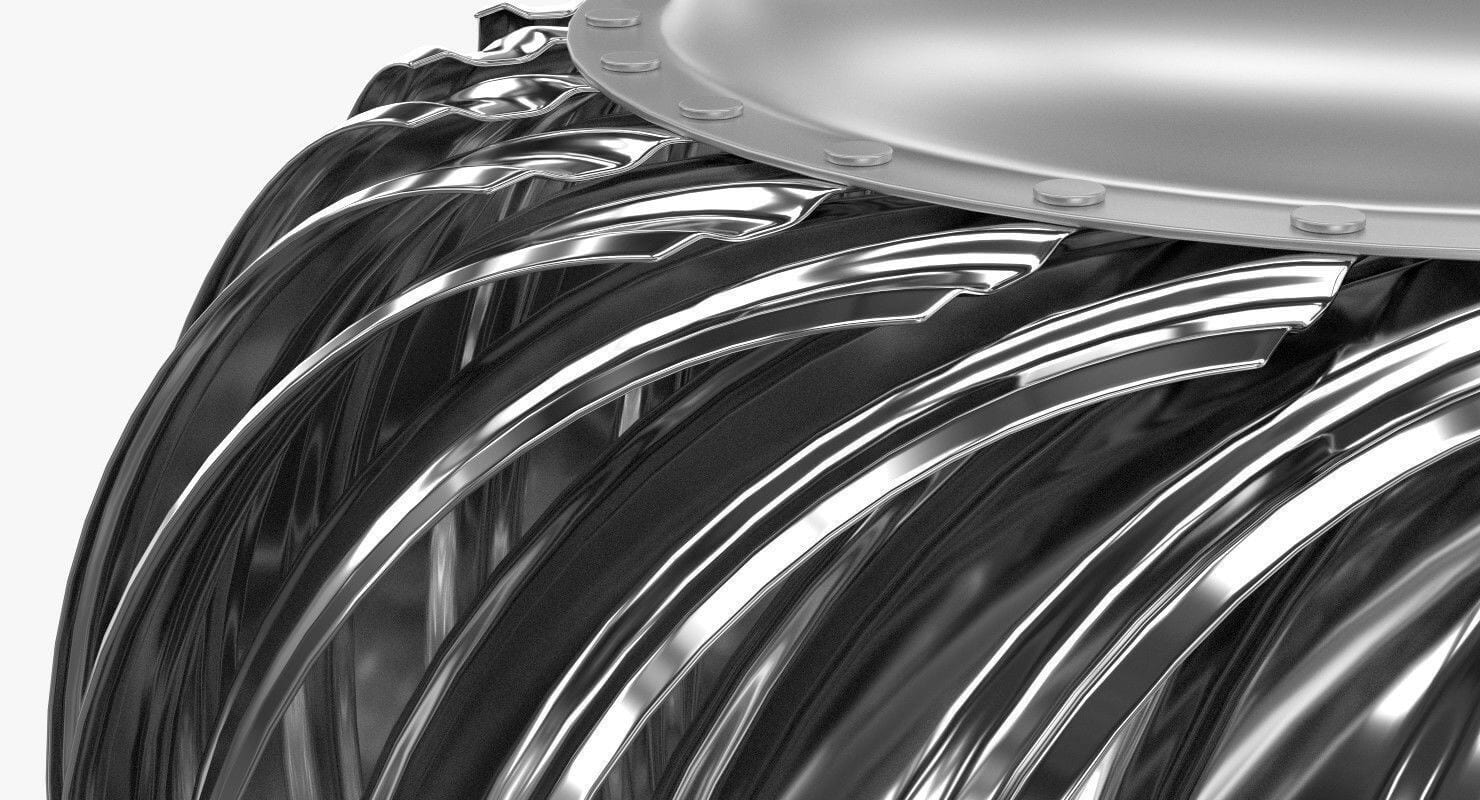
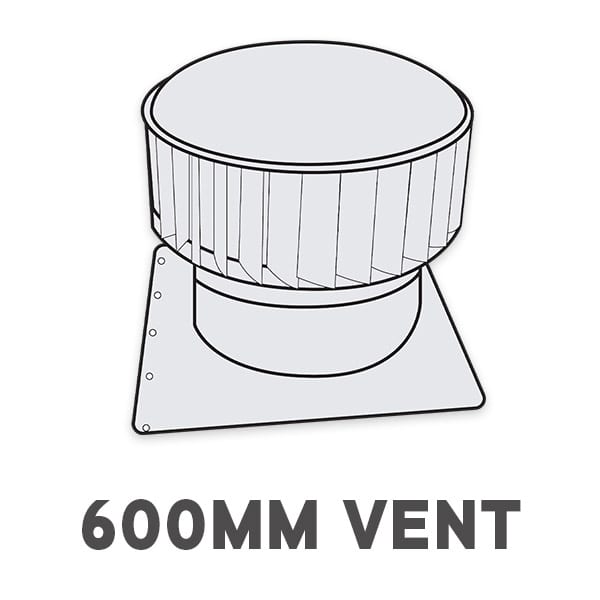
Supply & Installation Price
Sydney Metro Only
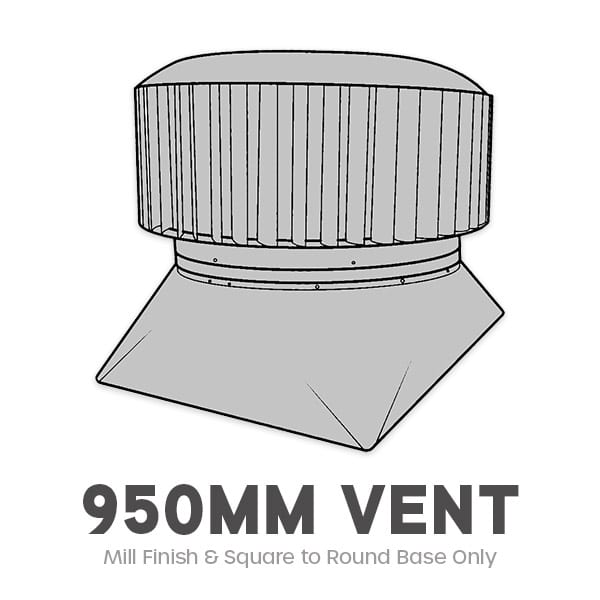
Supply & Installation Price
Sydney Metro Only
1 Roof Vent
Supply & Installation Price
$520/1
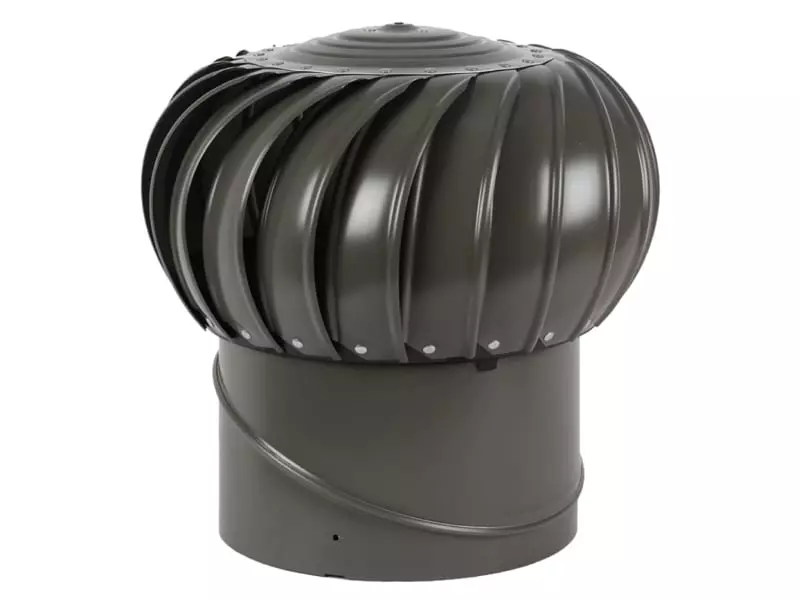
1 Ampelite 300 Spinaway
Colorbond or Mill Finish Supply & Installation Price
Download PDF
2 Roof Vent
Supply & Installation Price
$860/2
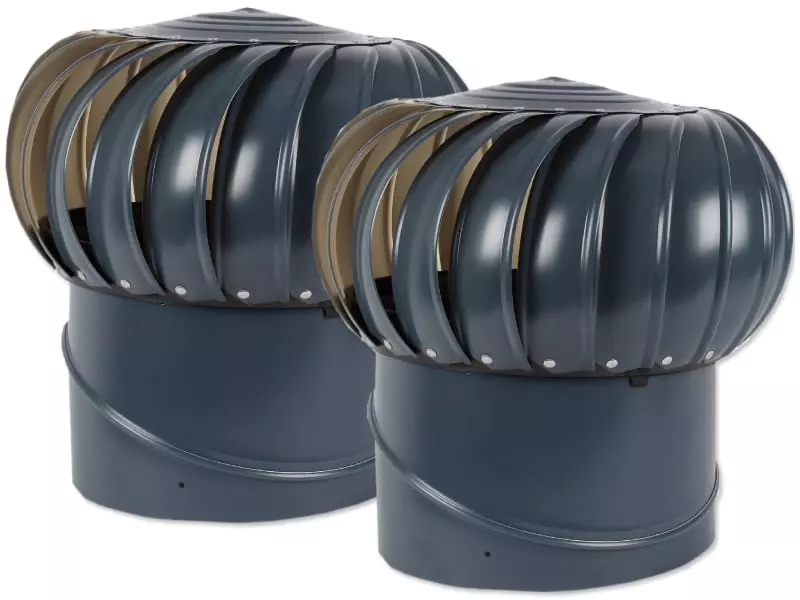
2 Ampelite 300 Spinaway
Colorbond or Mill Finish Supply & Installation Price
Download PDF
3 Roof Vent
Supply & Installation Price
$1,090/3

3 Ampelite 300 Spinaway
Colorbond or Mill Finish Supply & Installation Price
Download PDF
4 Roof Vent
Supply & Installation Price
$1,300/4

4 Ampelite 300 Spinaway
Colorbond or Mill Finish Supply & Installation Price
